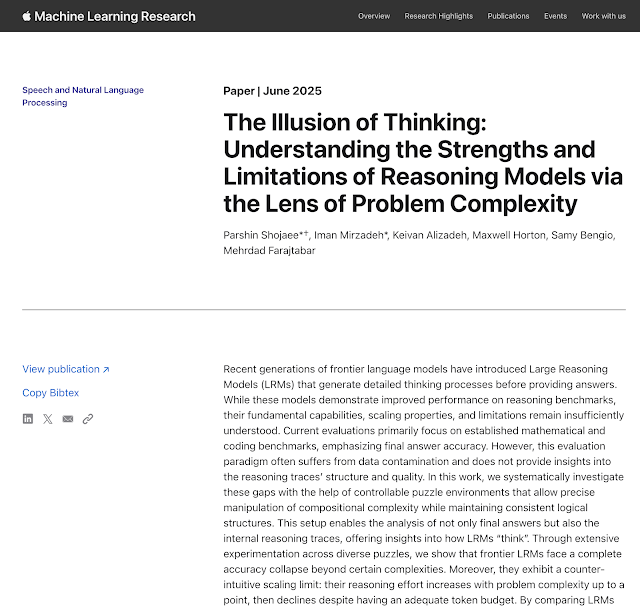https://www.familysearch.org/ark:/61903/2:5:7ZXY-254?lang=en
In working with another missionary/volunteer at the BYU Library Family History Center, we ran across this source entry.
You can click on the image to enlarge it. This entry was apparently posted by FamilySearch.org. Note that there are 35 sources for this individual and this Computer Generated Tree was posted on April 23, 2024. The same day, FamilySearch.org added a copy of a parish register enty.
The first entry, the Computer Generated Trees entry, is not a source. It has duplicate names for an existing record and an unsupported duplicate entry for the existing individual and his parents. The second entry, the parish register, is one that has the valid historical source information. The Computer Generated Trees entry come for this file in the Genealogies section of the FamilySearch.org website.
This entry must be one of a multitude of entries being made by FamilySearch, apparently, all of them or many of them duplicates of entries for a person already in the Family Tree. Incidentally, the parish register is also a duplicate of an entry made in 2019.
Although the specter of Computer Generated Trees is being discussed as a replacement for human intervention in the genealogical research process, this single entry seems to indicate that at least back in 2024, the process did nothing more than duplicate the work already done. I suppose that you could take the position that people are really superfluous and that computers can do a better job of building family trees given the access to the necessary information but from what is shown here, the reality would be a duplication on a massive scale.
Are you ready to be replaced? I don't think I am either.


















